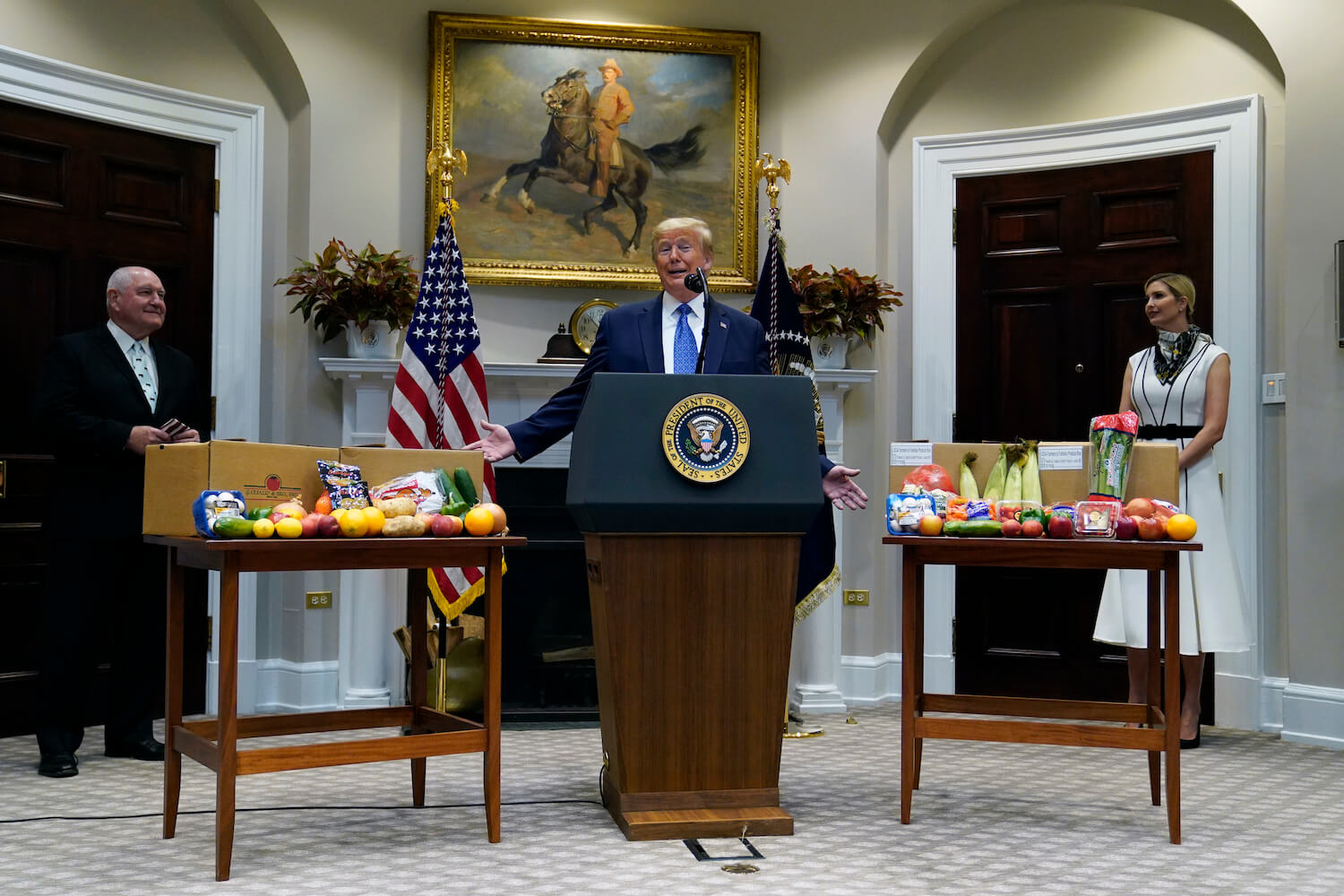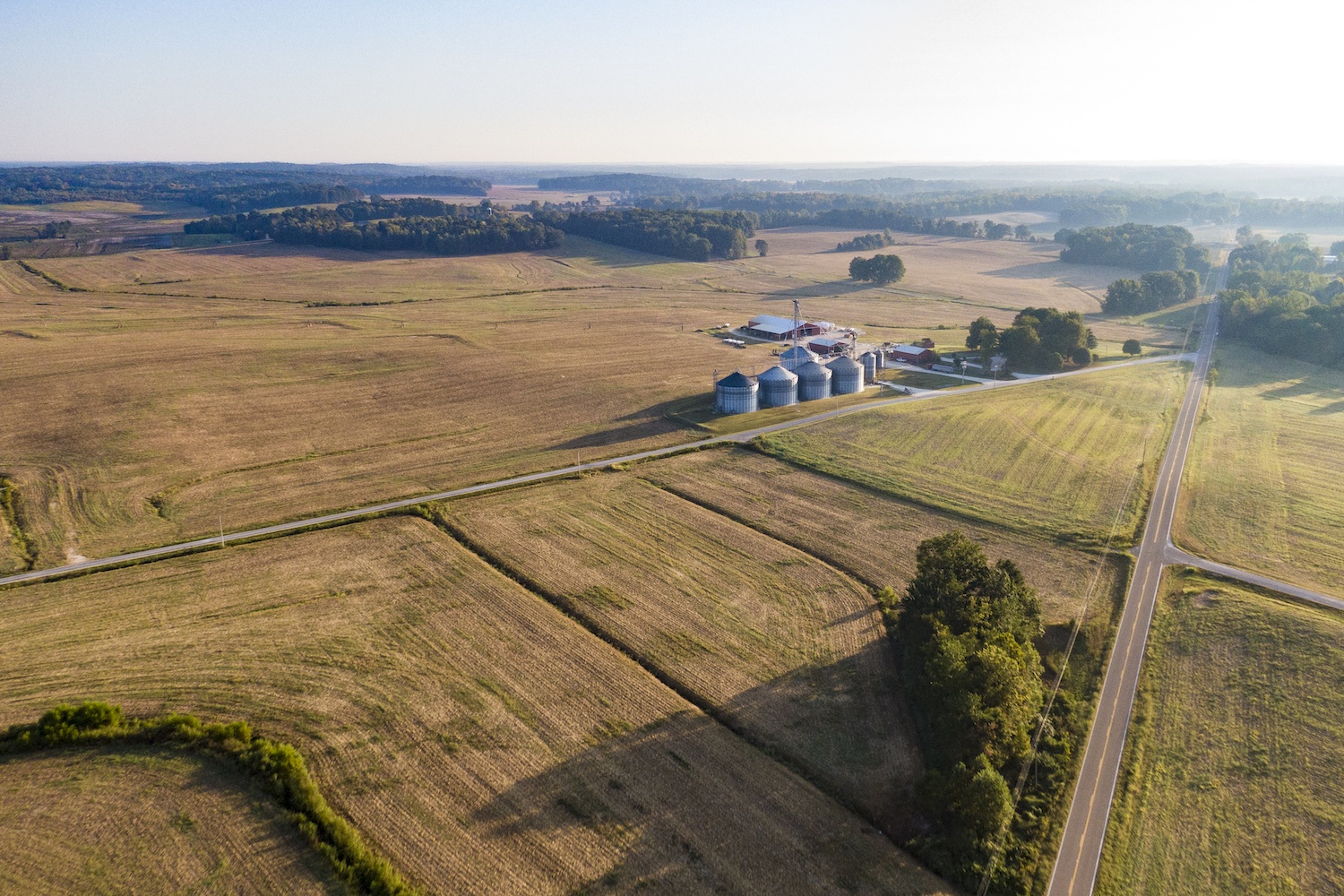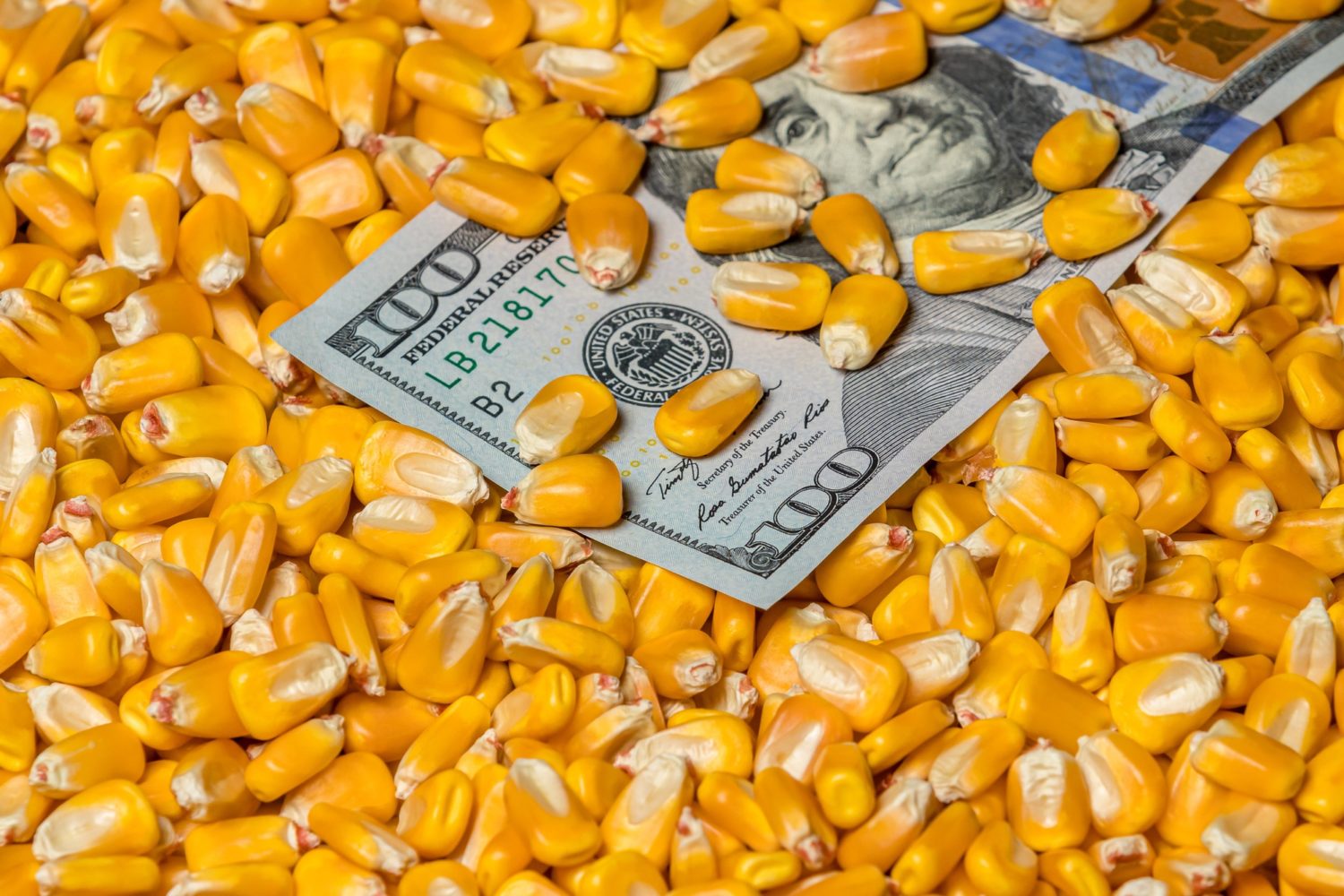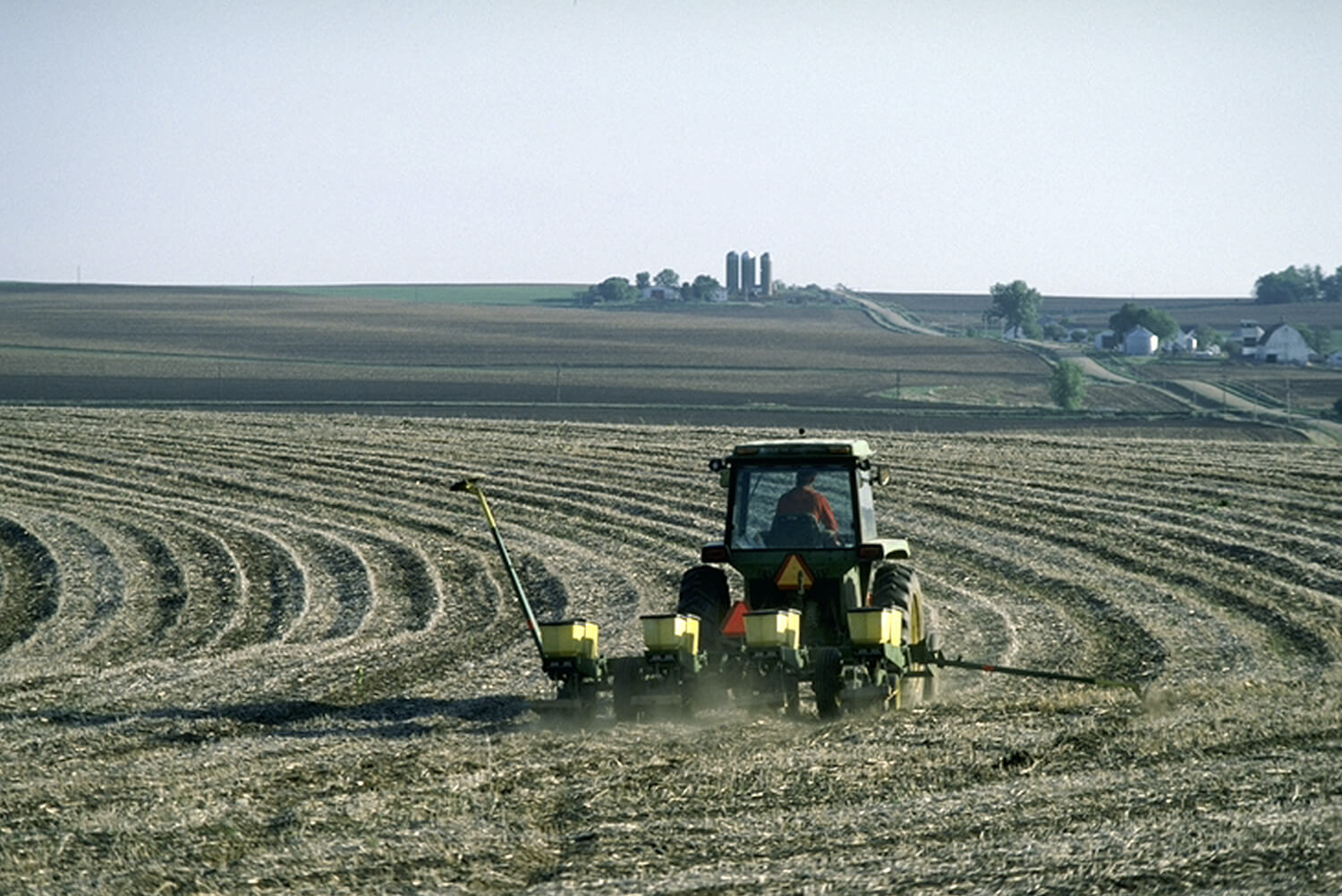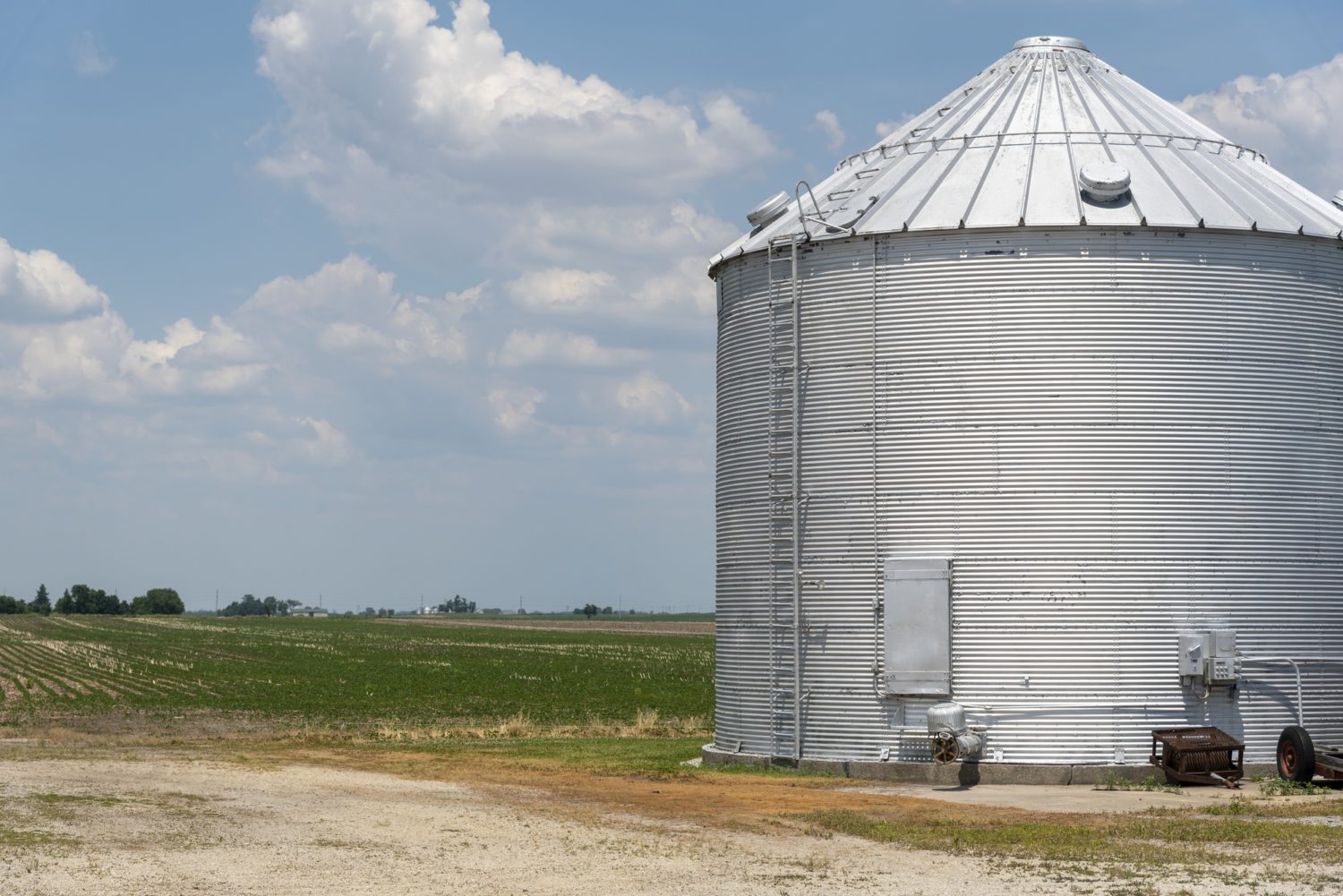
iStock / Dave_Groth
Intentional or not, the issue is emblematic of lax oversight for federal farm subsidy programs.
Some farms have been claiming children as owners and collecting federal subsidy money on their behalf, according to a new report out of the Government Accountability Office (GAO). The watchdog agency found that 15 farms had so-called “undisclosed minors” and may have received payments on their behalf, contrary to agency guidelines.
Farmers are allowed to list children on their ownership paperwork, but they’re required to flag the child’s age, and subsidy payments for minors can only be attributed to their parents. By failing to disclose that an owner is a minor—intentionally or not—farms can effectively claim an extra adult owner, meaning they appear to be eligible for more subsidy payments.
The GAO did not share many details about payments routed to the 15 farms claiming undisclosed minors as owners, nor did the report indicate whether the mistake appeared intentional. In the only specific example cited in the report is a 15-year-old that was paid a combined $19,600 in 2014 and 2015. Yet the issue is emblematic of a larger problem with federal farm subsidies detailed in the report: USDA oversight is spotty, and ineligible recipients can slip through the cracks.
The “undisclosed minors” disclosure takes the form of an appendix in the report, which analyzes USDA’s efforts to ensure that everyone receiving farm subsidies is actually eligible. The agency is supposed to conduct “eligibility compliance reviews,” a jargon-y term that refers to the process of making sure everyone claimed as an owner-member actually has skin in the game. (The requirements for “working on a farm” are pretty loose—more on that later.)
USDA oversight is spotty, and ineligible recipients can slip through the cracks.
Federal farm subsidies have mushroomed in recent years as the Trump administration made liberal use of an obscure source of funding called the Commodity Credit Corporation. This was the preferred method of sending billions of dollars in direct farmer payments, meant to blunt the impact of ongoing trade disputes and Covid-19.
The government typically limits farm subsidies based on the number of owners who are “actively engaged in farming,” and it’s not uncommon for farm businesses to claim multiple owners and receive payments for each individual (though in order to be eligible for maximum payments, an individual must be an adult). As we’ve reported in the past, this means some large farms can claim millions of dollars in subsidies. Critics have long argued that USDA should tighten the definition of “actively engaged in farming” so that only people who actually work on farms can claim payments—not their faraway cousins who call in for the occasional board meeting or run the company Instagram account. The task of double-checking that every owner listed on the paperwork is actually involved in the farm business falls to state Farm Service Agency (FSA) offices, which are also responsible for distributing subsidy payments.
The report found some pretty striking problems with the review process. For example, officers are supposed to interview farm owners as part of the process. Yet one state office didn’t do any interviews for the entire year in 2015. Officials from another office said they once suspected a farm’s documentation was insufficient, but they didn’t do interviews with the six member-owners because they believed that even if they determined that the members did not qualify for subsidies, the finding would be overturned on appeal. Elsewhere, officers waived dozens of reviews by claiming the farms had been inspected in the last three years; the GAO found no evidence that recent reviews had occurred.
Federal farm subsidies have mushroomed in recent years as the Trump administration made liberal use of an obscure source of funding called the Commodity Credit Corporation.
Despite issues with tracking, interview completion, and timeliness, FSA compliance reviews almost never found that farms were claiming subsidies on behalf of ineligible member-owners. This may be indicative of a review process that amounts to little more than a rubber stamp, but the findings may also be a symptom of loose regulations that make it easy for big farms to game the system. In 2015, for example, six out of 13 states reported that every farm reviewed had claimed no ineligible members. Compliance did not dip below 93 percent in any state.
“Having the FSA check that people are in compliance is super important, but their regulation is vague,” says Anne Schechinger, senior economic analyst for the Environmental Working Group. If compliance is easy, she added, the review process won’t address what she sees as the root of the problem: People who barely work on farms are receiving agricultural subsidies.
Schechinger described a real-life example in which someone receiving just $20 per year in farm dividends could still be eligible for payments. If that person lived in New York City but occasionally called into shareholder meetings for their family farm in Iowa, they could claim they were involved in “active personal management” of the farm, and they would be eligible for subsidies under current rules.
“That’s why we’ve seen thousands of people who get payments that live in cities—they’re not actually farming.”
“The report backs up what we’ve been saying for a long time: The ‘actively engaged in farming’ qualification is just so easy to meet. The language is just really, really vague,” Schechinger says. “And that’s why we’ve seen thousands of people who get payments that live in cities—they’re not actually farming, they’re actually people who live in cities who own part of a farm.”
The GAO report acknowledges this loophole, and even flags a trend noted by several USDA officials: Large farming operations hire consulting firms to make sure every owner-member meets the “active personal management” criteria, meaning their paperwork withstands agency scrutiny more often than not.
In recent months, the USDA has quietly taken steps to strengthen the definition of “active personal management,” Schechinger noted. A rule published in August requires people claiming subsidies under this definition to perform at least 25 percent of the total management hours for the farm, or a minimum of 500 hours of management annually.
Right now, Schechinger says, the new rules only apply to subsidies distributed through the Farm Bill—not the tens of billions of dollars that have been spent to defray the impact of trade disputes or Covid-19. (President-elect Joe Biden may redirect the money Trump has used for trade-related payments to incentivize climate-friendly farming.)
Still, a change in definition might make farm subsidies “a little more equitable,” Schechinger noted. “We wouldn’t see a million dollars going to multiple people at these large farms who never work on the farm.”
UPDATE 11/19/2020: Shortly after we published this story, USDA announced it would issue a correction to the final rule published in August that would have tightened restrictions for the “actively engaged in farming” requirement. The agency will no longer require members of family farms to prove that they are working 500 hours per year or contributing 25 percent of total management.

